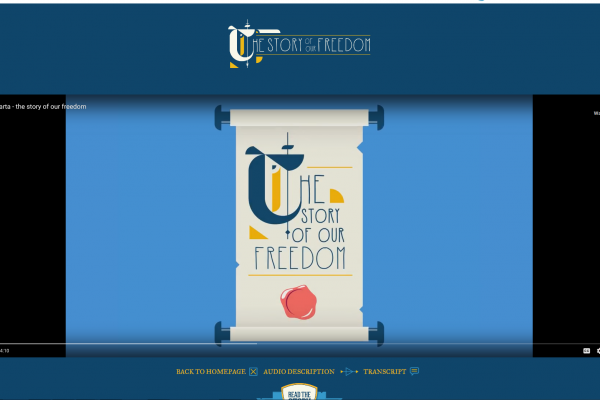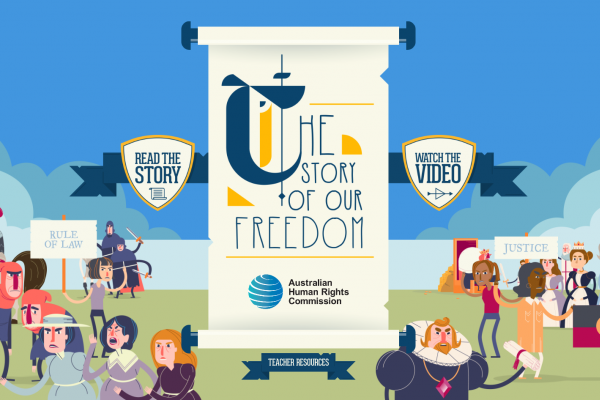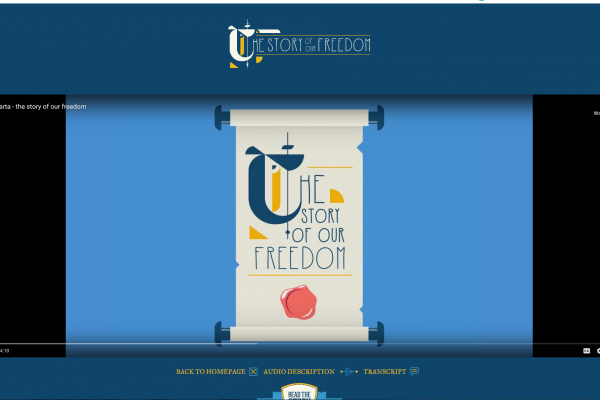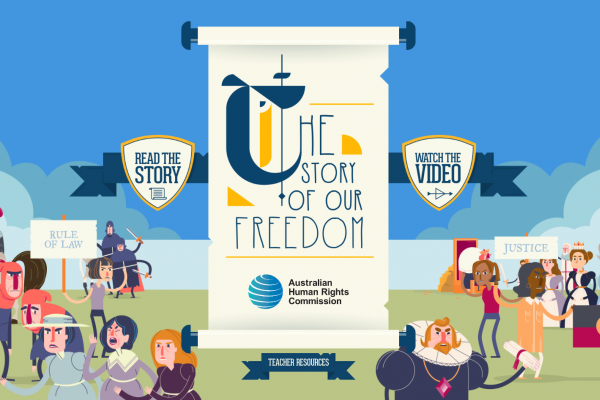
Magna Carta
Magna Carta (meaning “The Great Charter” in Latin) is a powerful symbol of liberty and democracy around the world. The Magna Carta was agreed to by King John of England in 1215 and stated that everybody – including the King – was subject to the rule of law. Magna Carta also gave rights to a select group of people, including the right to a fair trial.
Magna Carta is considered a foundational document for the Australian system of law. Some of the fundamental principles laid out in Magna Carta have been passed down into modern human rights laws, such as the Universal Declaration of Human Rights.
In 2015, to mark the 800th anniversary of Magna Carta, the Australian Human Rights Commission created a series of online educational resources which explore the evolution of human rights since 1215 and the impact that Magna Carta has had on our human rights and freedoms in Australia.




